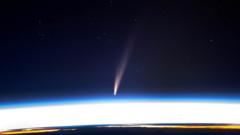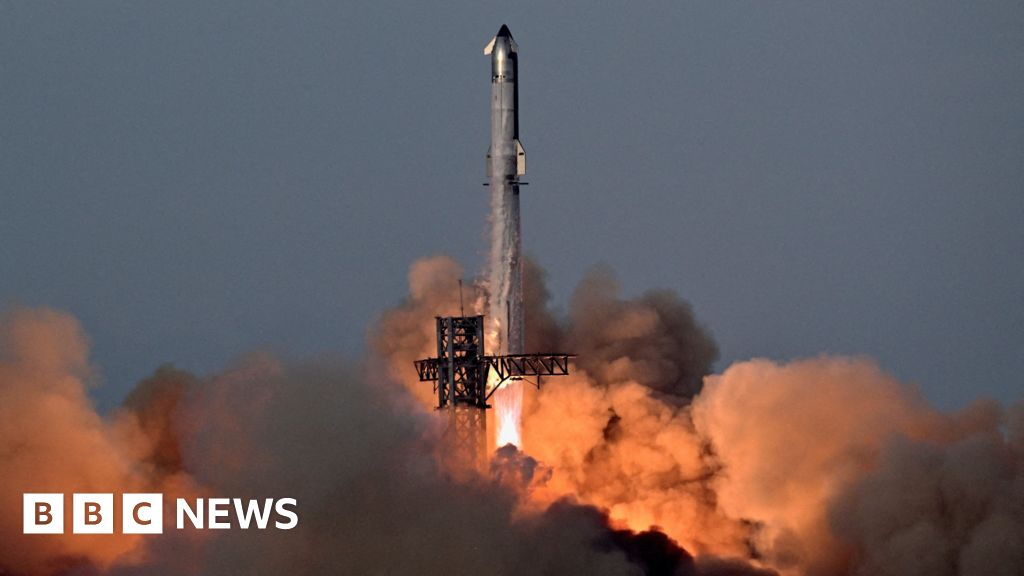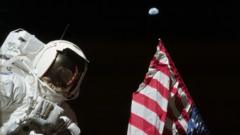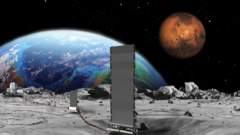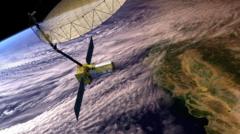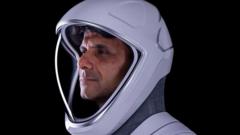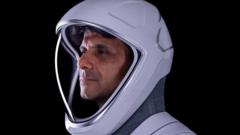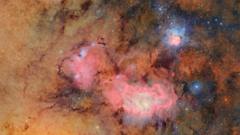Currently, experts suggest the best views will be from the southern hemisphere, where observers should look to the eastern horizon before sunrise or the western horizon post-sunset after perihelion. Dr. Shyam Balaji from King's College London noted that the comet is classified as a "sun-skirting" comet, making it a rare sight that could be especially dazzling in optimal viewing conditions.
Observers are advised to keep an eye on weather conditions and to seek locations free from light pollution for the best experience. While there are uncertainties regarding its brightness, keen watchers equipped with binoculars or telescopes may catch a glimpse of this remarkable cosmic visitor. Last Saturday, NASA astronaut Don Pettit shared a photo of the comet from the International Space Station, emphasizing its splendor from orbit.
As excitement mounts for this celestial event, stargazers are urged to monitor their local weather to enhance their chances of witnessing this once-in-a-lifetime spectacle.
Observers are advised to keep an eye on weather conditions and to seek locations free from light pollution for the best experience. While there are uncertainties regarding its brightness, keen watchers equipped with binoculars or telescopes may catch a glimpse of this remarkable cosmic visitor. Last Saturday, NASA astronaut Don Pettit shared a photo of the comet from the International Space Station, emphasizing its splendor from orbit.
As excitement mounts for this celestial event, stargazers are urged to monitor their local weather to enhance their chances of witnessing this once-in-a-lifetime spectacle.

